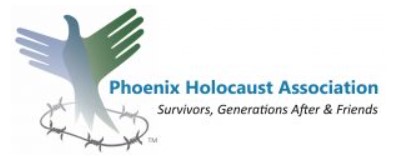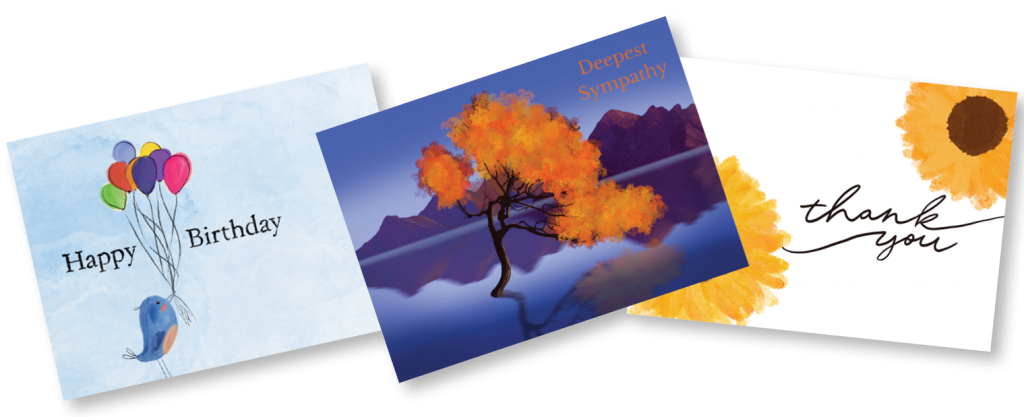January 2023
Recently, due to The Woman in Gold, and fairly continuous discoveries of Nazi loot, there is a renewed interest in stolen art by galleries and museums regarding the provenance of pieces in their possession. The Nazis were known for their meticulous recordkeeping and the Allies salvaged many of the records, but with over two million art pieces looted, there are still many pieces missing and because of time, the possibility of bringing German art dealers and Nazi collaborators to justice is fading as quickly as the possibility of restitution of art to the rightful former owners.
Fortunately, there are organizations working hard to preserve and microfilm the over twenty million pages of Allied records regarding Nazi loot and the restitution of art to the former private owners, national museums and formerly occupied countries. In 2001, the US National Archives Record Administration (NARA) created the Holocaust Records Project (HRP), and are working with art historians and curators to identify any holdings concerning art provenance and restitution claims. In 1943, the Allies started recording and inventorying art to protect it from being damaged or stolen by Allied forces, used as financial assets by Germany and its collaborators, and to track looted art that had been sent to neutral countries or Latin America. The NARA and HRP offers “finding aids” through the web page, https://www.archives.gov/research/holocaust/holocaust-era-assets
for researchers to narrow their research, find and use relevant records to locate information on looted fine art, books, archives, manuscripts and Jewish communal property as well as other topics such as unpaid and unclaimed insurance policies.
Another organization is the non-for-profit Monuments Men and Women Foundation (MMWF) which raises worldwide awareness about the Monuments Men and Women and their achievements, but also work toward their “unfinished mission of returning art to the rightful owners”.
In 2007, it was awarded the National Huminites Medal by President George W. Bush. The medal is the highest honor given for excellence in the Humanities field and honors work that has deepened the nation’s understanding of humanities, broadened engagement and/or helped in preserving and expanding access to important resources in humanities. The recipients are selected by the President and given for their life-long achievements in their areas of expertise.
The Foundation is partnering with the National World War II Museum on a permanent exhibition about the Monuments Men and Women, the first of its kind, and is now focusing on its longer term goals of returning works of art and other cultural objects to their rightful owners. The MMWF has retuned manuscripts, paintings, tapestries and other objects to governments, museums, universities and individuals in Germany, Italy, Poland and the US. To see some of the items, please go to: https://www.monumentsmenandwomenfnd.org/discoveries-and-returns-
join-the-hunt
Restitution is not as easy as it would seem. A Swiss museum is examining its collection, which consists of art looted by the Nazis. The Gurlitt Collection is under scrutiny as it is having its third exhibition. The collection consists of over 1600 pieces, some of which Hidebrand Gurlitt manipulated in order to conceal their origins and even the artists who made them. Over the years, many pieces were traded to Swiss dealers during the war, and as Switzerland was neutral, the Swiss responsibility and morality involved is questionable to say the least. Gurlitt is a controversial character. His grandmother was Jewish, so Gurlitt lost social privileges, but he was still considered Aryan enough for reform and was one of only four art dealers who would deal in “degenerate” art, some of which he sold to people outside the Reich. Another consideration is his son, Cornelius, who had almost 1300 pieces of art in his own apartment. Was he aware of the provenance of his father’s collection? It appears as though he was trying to keep the collection secret, but now that it has come to light and after three years of legal issues, he is leaving the job of restitution up to the museum. In 2017 the Kunstmeusm Bern decided to look at the Gurlitt collection with researchers to determine what was in the collection and to whom it belonged. So far, the majority of the works have incomplete provenance or the provenance is problematic. But, there are some that are being looked at with the goal of restitution to their rightful owners. For more details, please read Susan Ronald’s book, Hitler’s Art Thief: Hildebrand Gurlitt, the Nazis, and the Looting of Europe’s Treasures.
For those interested in the subject, here is a bibliography of books that are well worth reading and available through your local libraries. I would urge you to read Robert Edsel’s book, The Monuments Men rather than watch the film as “artistic license” has been used to distort the facts in the book.
Afterlives: Recovering the Lost Stories of Looted Art by Darsie Alexander and Sam Sackeroff
Goering’s Man in Paris: The Story of a Nazi Art Plunderer and His World by Jonathan Petropoulos
Hitler’s Art Thief: Hildebrand Gurlitt, the Nazis, and the Looting of Europe’s Treasures by Susan Ronald
Hitler’s Last Hostages: Looted Art and the Soul of the Third Reich by Mary Lane
Lost Lives, Lost Art: Jewish Collectors, Nazi Art Theft, and the Quest for Justice by Melissa Muller, Monica Tatzkow, forward by Elie Weisel
The Monuments Men: Allied Heroes, Nazi Thieves and the Greatest Treasure Hunt in History by Robert Edsel
Nazi-Looted Art and the Law: The American Cases 1st ed. 2017 Edition by Bruce Hay
The Orpheus Clock: The Search for My Family’s Art Treasures Stolen by the Nazis by Simon Goodman
The Rape of Europa: The Fate of Europe’s Treasures in the Third Reich and the Second World War by Lynn Nicholas
Salt Mines and Castles: The Discovery and Restitution of Looted European Art by Thomas Carr Howe
Saving Italy: The Race to Rescue a Nation’s Treasures from the Nazis by Robert Edsel
A Tragic Fate: Law and Ethics in the Battle Over Nazi-Looted by Nicholas O’Donnell
The Vanished Collection by Pauline Baer de Perignon



